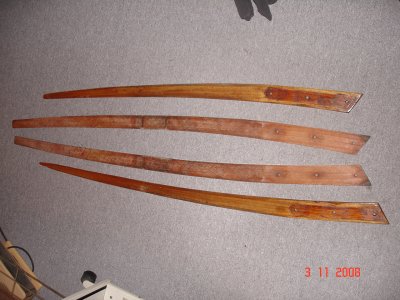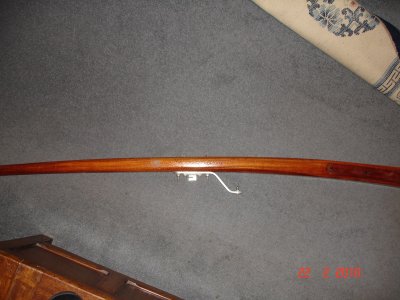eddystone
Well-known member
There don't seem to be many options for getting a new wooden tiller made and even less for something made exactly to the shape I want so for the time being i'm planning to do a deeper renovation of my existing tiller than I've done previously. It's a really nice tiller (in my humble opinion) but it tends to delaminate in a couple of places and the varnish has flaked off where additional coats have been applied very well. Last time I added so much varnish in the vicinity of the bracket that wrestling it back in made it worse than before I started. So I intend to try to sand it back to bare wood, scrape out where there is a gap in layers and glue and clamp. It does seem very solid so I'm not worried it's going to break and I have an old spare tiller anyway.
Any tips on:
- fixing localised delamination
- best varnish to use, particularly in UV resistance
Any tips on:
- fixing localised delamination
- best varnish to use, particularly in UV resistance



